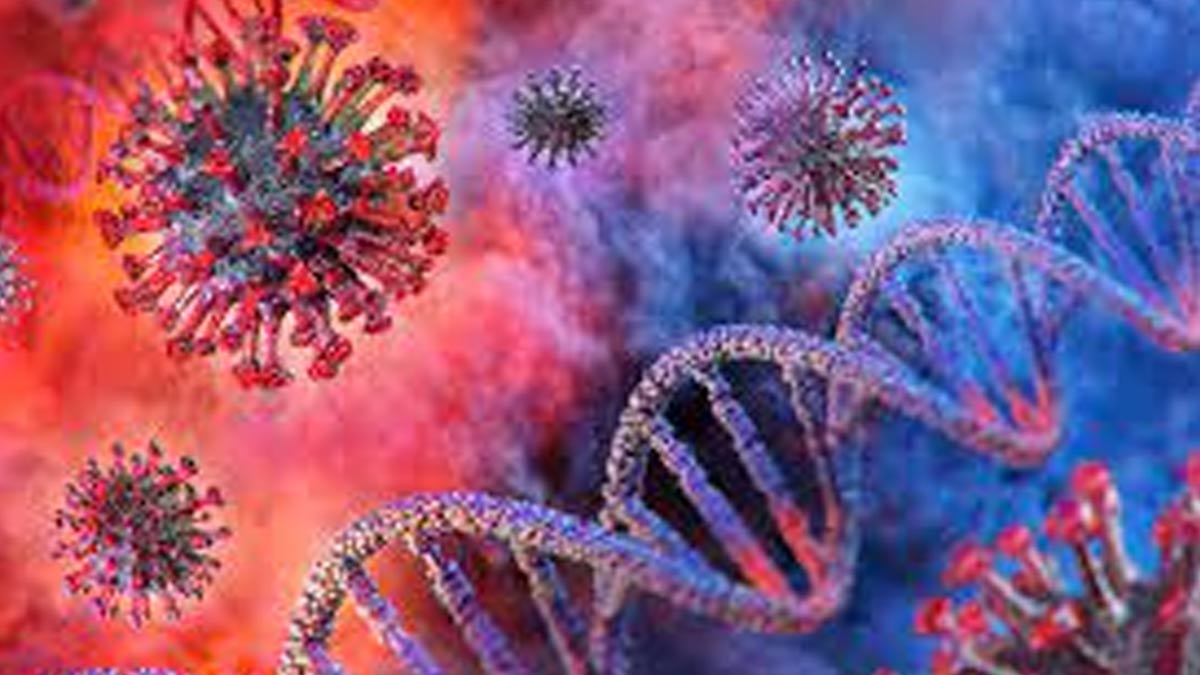
In a significant update, the World Health Organization (WHO) has revised its list of priority pathogens, identifying a broader range of viruses and bacteria that pose a potential risk for future pandemics. This updated list now includes over 30 pathogens, encompassing well-known threats such as influenza A virus, dengue, and Mpox, as well as emerging threats like the Nipah virus. This comprehensive evaluation highlights the evolving nature of global health threats and emphasizes the need for ongoing vigilance and preparedness.
Table of Content:-
Expanded Scope of Pathogens
The latest update to the WHO’s list reflects a more extensive range of pathogens than in previous assessments. The inclusion of more than 30 priority pathogens underscores the diverse nature of potential pandemic threats. Among these, the list features well-established viruses like the influenza A virus and newly recognised threats such as the Nipah virus. Additionally, the Mpox virus, which caused a significant global outbreak in 2022, continues to be a priority concern.
The Nipah virus, which has been causing outbreaks in India since 2001, gained prominence on the updated list. This zoonotic disease, transmitted from bats to humans, represents a significant challenge due to the lack of effective therapies or vaccines. Recent reports highlight a tragic case of a 14-year-old boy's death in Kerala due to this virus, emphasising the urgency of addressing this pathogen.

Criteria for Pathogen Prioritization
The prioritisation of pathogens is based on several critical factors. According to the WHO, the selected pathogens are characterised by their high transmissibility and virulence, coupled with limited access to vaccines and treatments. This prioritisation process aims to direct global health resources towards the development of effective treatments, vaccines, and diagnostic tools.
Ana Maria Henao Restrepo, who leads the WHO’s R&D Blueprint for Epidemics team, explained that the prioritization process is designed to identify crucial knowledge gaps and ensure the efficient use of resources. The updated list helps focus global efforts on pathogens with the greatest potential to cause a public health emergency, guiding research and development initiatives to address these threats.
Also Read: Ex-Indian Cricketer Vinod Kambli Facing Severe Health Issues; Recent Video Sparks Concern Among Fans
The Impact of Environmental Changes
The updated list also reflects the influence of environmental changes on pathogen transmission. Climate change, deforestation, and increased urbanization are recognized as factors that could elevate the risk of viruses jumping from animals to humans. These changes may facilitate the spread of pathogens that were previously confined to specific regions, potentially leading to global health crises.
For example, the list now includes pathogens from the Sarbecovirus and Merbecovirus families, which contain viruses like SARS-CoV-2 (the causative agent of COVID-19) and MERS. The inclusion of these families highlights the need to remain vigilant against coronaviruses that could potentially cause future pandemics.
Also Read: Anxiety And Depression Elevate Blood Clot Risk By 50%: Study
New Additions to the List
The latest update introduces several new pathogens to the priority list. Among these are various strains of influenza A, including subtype H5, which has recently caused an outbreak in cattle in the United States. The list also encompasses bacteria that cause severe diseases such as cholera, plague, dysentery, diarrhoea, and pneumonia.
Additionally, the inclusion of rodent-borne viruses, which have shown the ability to transmit to humans and occasionally spread human-to-human, underscores the need to monitor emerging zoonotic threats closely.
Evaluation and Future Directions
The WHO’s updated list was developed through a rigorous evaluation process involving more than 200 scientists who assessed evidence on 1,652 pathogen species. This extensive review aimed to determine which pathogens should be prioritized based on their potential impact on global health.
Naomi Forrester-Soto, a virologist at the Pirbright Institute, noted that while many of the listed pathogens are currently confined to specific regions, their potential for global spread necessitates proactive measures. The WHO’s efforts to revise and update the list reflect an ongoing commitment to addressing emerging health threats and ensuring global preparedness.
Bottomline
The WHO’s updated list of priority pathogens represents a crucial step in safeguarding global health. By identifying and prioritizing pathogens with significant pandemic potential, the organization aims to focus research and development efforts on the most pressing threats. As environmental changes continue to influence pathogen transmission, it is essential for global health communities to remain vigilant and responsive to emerging threats. The updated list serves as a vital tool in guiding international efforts to prevent and mitigate future pandemics.
Also watch this video
Read Next
Sunita Williams Stuck In Space For More Than 50 Days, How Would Her Health Have Been Affected?
How we keep this article up to date:
We work with experts and keep a close eye on the latest in health and wellness. Whenever there is a new research or helpful information, we update our articles with accurate and useful advice.
Current Version
